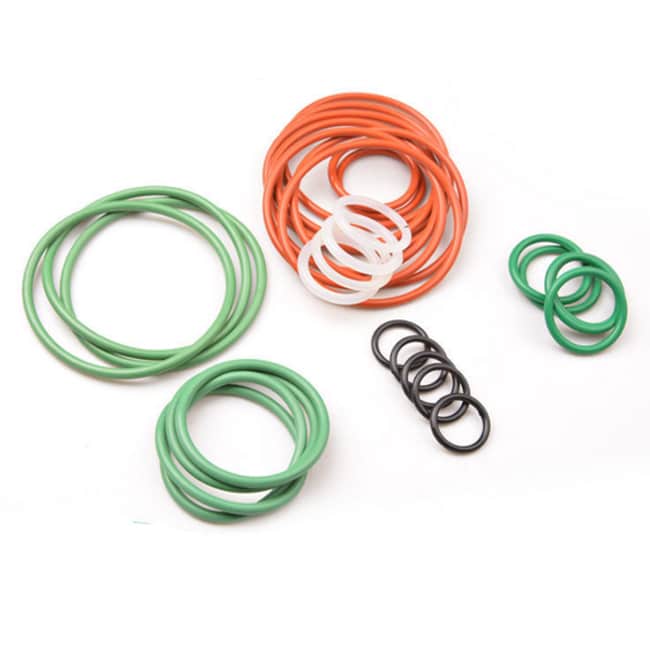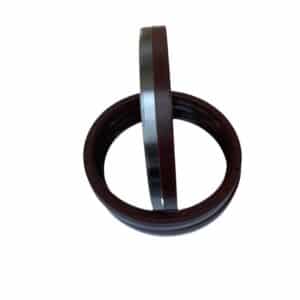Choosing the right O-ring material affects everything from performance to cost and safety. EPDM and Silicone O-rings serve very different environments.
Silicone performs better in extreme temperatures, while EPDM excels in water, steam, and outdoor conditions.

Read on for a full comparison to help you confidently choose the right O-ring for your project.
What are the Main Differences Between EPDM and Silicone O-Rings?
EPDM and Silicone are both elastomeric O-rings, but their performance in heat, chemicals, and the outdoors varies significantly.
EPDM is best for water, steam, and outdoor exposure. Silicone handles extreme temperatures and is food-safe.
Here’s a side-by-side comparison:
| Propiedad | Junta tórica de EPDM | Junta tórica de silicona |
|---|---|---|
| Rango de temperatura | -50°C a 150°C | -73°C to 260°C (up to 270°C in some grades) |
| Water Resistance | Excelente | Good (but may swell) |
| Steam Resistance | Excelente | Pobre por encima de 121°C |
| Oil/Fuel Resistance | Pobre | Moderate (only specific oils) |
| UV/Ozone Resistance | Excelente | Bien |
| Food-Safe | Limitado | Excellent (FDA-grade) |
| Costo | Más bajo | Más alto |
Which O-Ring Is Better for High-Temperature Applications?
If your system operates in extreme heat or cold, Silicone O-rings are the clear winner.
Silicone can endure up to 260°C and still maintain flexibility, ideal for ovens, engines, or aerospace use.
However, for moderate heat environments, Juntas tóricas de EPDM are a more economical and durable option.
Can EPDM O-Rings Be Used for Water and Steam Systems?
Absolutely. EPDM shines in water handling, HVAC systems, and steam lines.
It resists chloramines, hot water, and high humidity, making it perfect for plumbing, irrigation, and automotive seals.
Explore our EPDM O-ring selection to find a fit for your steam or water system.
Is Silicone a Better Option for Food and Medical Applications?
Yes. Silicone is non-toxic, flexible, and FDA-compliant, making it ideal for food processing, medical devices, and lab use.
You can find high-grade, food-safe options on our Silicone O-Ring page.
How Do EPDM and Silicone Compare in Cost and Longevity?
- EPDM: Lower cost, long lifespan outdoors (50+ years), great weather resistance
- Silicona: More expensive, better in extreme heat, less abrasion resistance
Looking for variety? See our Kit surtido de juntas tóricas for multiple sizes and materials.
Where Are These O-Rings Typically Used?
EPDM Applications
- Plumbing and irrigation
- HVAC weather seals
- Automotive brake systems
- Construction joints and roof seals
Silicone Applications
- High-temperature ovens and engines
- Food and beverage handling
- Electronic enclosures
- Medical devices and equipment
Conclusión
Choose EPDM for steam, water, and outdoor sealing. Use Silicone for heat-sensitive, food-safe, or high-flexibility environments.
Get Expert Help Choosing the Right Material
📩 Correo electrónico: [email protected]
WhatsApp: +86 17622979498
Related post
- EPDM vs. FKM O-Rings: Material Comparison
- Silicone vs. NBR O-Rings: What's the Difference?
- Guía de selección y costos de juntas tóricas
- How to Use O-Ring Assortment Kits


